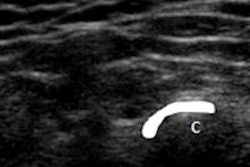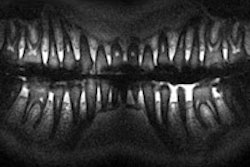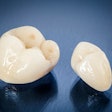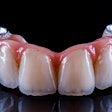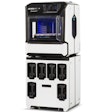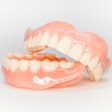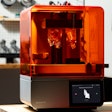The VELscope is well-known as a noninvasive fluorescence tool used to detect tissue abnormalities in the oral cavity, including precancerous lesions.
Now a new study has found that it may also be useful in the treatment of osteonecrosis of the jaw induced by bisphosphonates (BRONJ) (Journal of Carnio-Maxillofacial Surgery, September 4, 2013).
Researchers from the University of Hamburg investigated 20 patients for 18 months, all of whom were presented to the University Medical Center Hamburg Eppendorf for initial evaluation of a potential diagnosis of BRONJ. All patients had received oral or intravenous bisphosphonates for a period of nine to 84 months. Of these patients, 37 were found to have BRONJ, and 20 of these 37 were included in the VELscope study.
All patients were given doxycycline as a fluorescending marker for osseous structures. The VELscope was used intraoperatively to measure the loss of fluorescence as a way to detect the presence of necrotic bone. Osseous biopsies were taken to confirm definite histopathological diagnosis of BRONJ in each case.
The VELscope confirmed the BRONJ diagnosis in all 20 patients, the researchers reported. In 19 of the 20 patients, the VELscope was able to differentiate between healthy and necrotic bone by visual fluorescence retention and visual fluorescence loss.
"Loss of fluorescence in necrotic bone areas is useful intraoperatively as a tool for fluorescence-guided bone resection with relevant clinical interpretation," the study authors concluded. "In our opinion, surgical procedures are indicated in almost all patients with BRONJ stage II or III ... using the VELscope device, excellent results can be reached regarding complete resection of necrotic bone areas."





